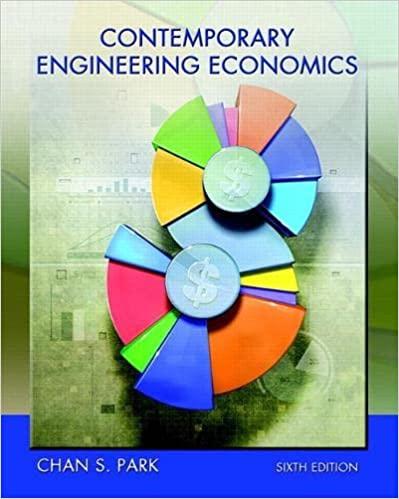An acquisition editor is trying to decide whether or not to publish a highly technical manuscript he
Question:
An acquisition editor is trying to decide whether or not to publish a highly technical manuscript he has received. In making a decision he feels that it is sufficient to imagine that there are just two states of nature which are
• S1, the book will sell just an average of 500 copies per year (primarily from library adoptions):
• S2, the average annual sales will be 3,000 copies. The prior probabilities that he assigns to these states of nature are 0.50 and 0.50. respectively. The discounted profits if he publishes the book are projected to be ($30,000, loss), and + $40.000. respectively. Of course, the discounted profit is $0 if he does not publish it. To gain additional information, the publisher can send the manuscript to a reviewer. From previous experience with this reviewer. the publisher feels that the conditional probabilities of the state of nature given this response from the reviewer are respectively as follows:
Should the publisher publish the book? To answer this question, do the following:
(a) What is the prior optimal act (before sending out the manuscript to the reviewer)?
(b) Calculate the EVPI before sending the manuscript out for review.
(c) What is the posterior optimal act? Draw the decision tree.
(d) What is the EVPI after finding out that the reviewer liked the manuscript?
(e) What is the EVPI after finding out that the reviewer disliked the manuscript?
(fl Calculate the EVSI.
(g) Suppose that it costs $4,500 to get the manuscript reviewed. Is it worth doing it? What is the ENGS?
Step by Step Answer:






